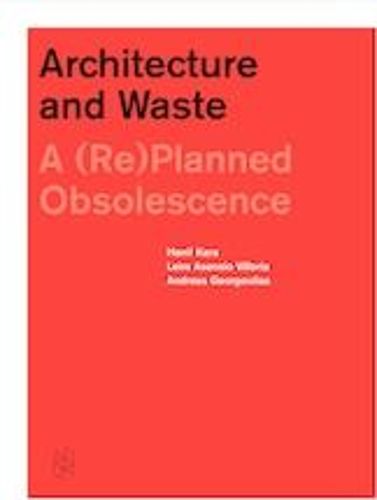Readings Newsletter
Become a Readings Member to make your shopping experience even easier.
Sign in or sign up for free!
You’re not far away from qualifying for FREE standard shipping within Australia
You’ve qualified for FREE standard shipping within Australia
The cart is loading…






Architecture and design currently play a minor role in the design and construction of industrial building types, especially waste-to-energy facilities. Through comparing the well-established waste-to-energy industries in Sweden with less established engagements in the northeast of the United States, opportunities and lessons are revealed. This book presents a refreshed, design-led approach to waste-to-energy (WTE) plants, reflecting work done at Harvard University Graduate School of Design (GSD). Architecture and design currently play a minor role in the design and construction of industrial building types, especially waste-to-energy facilities. Architects have a role to play in integrating waste-to-energy plants physically and programmatically within their urban or suburban contexts, as well as potentially lessening the generally negative perception of energy recovery plants.
$9.00 standard shipping within Australia
FREE standard shipping within Australia for orders over $100.00
Express & International shipping calculated at checkout
Architecture and design currently play a minor role in the design and construction of industrial building types, especially waste-to-energy facilities. Through comparing the well-established waste-to-energy industries in Sweden with less established engagements in the northeast of the United States, opportunities and lessons are revealed. This book presents a refreshed, design-led approach to waste-to-energy (WTE) plants, reflecting work done at Harvard University Graduate School of Design (GSD). Architecture and design currently play a minor role in the design and construction of industrial building types, especially waste-to-energy facilities. Architects have a role to play in integrating waste-to-energy plants physically and programmatically within their urban or suburban contexts, as well as potentially lessening the generally negative perception of energy recovery plants.